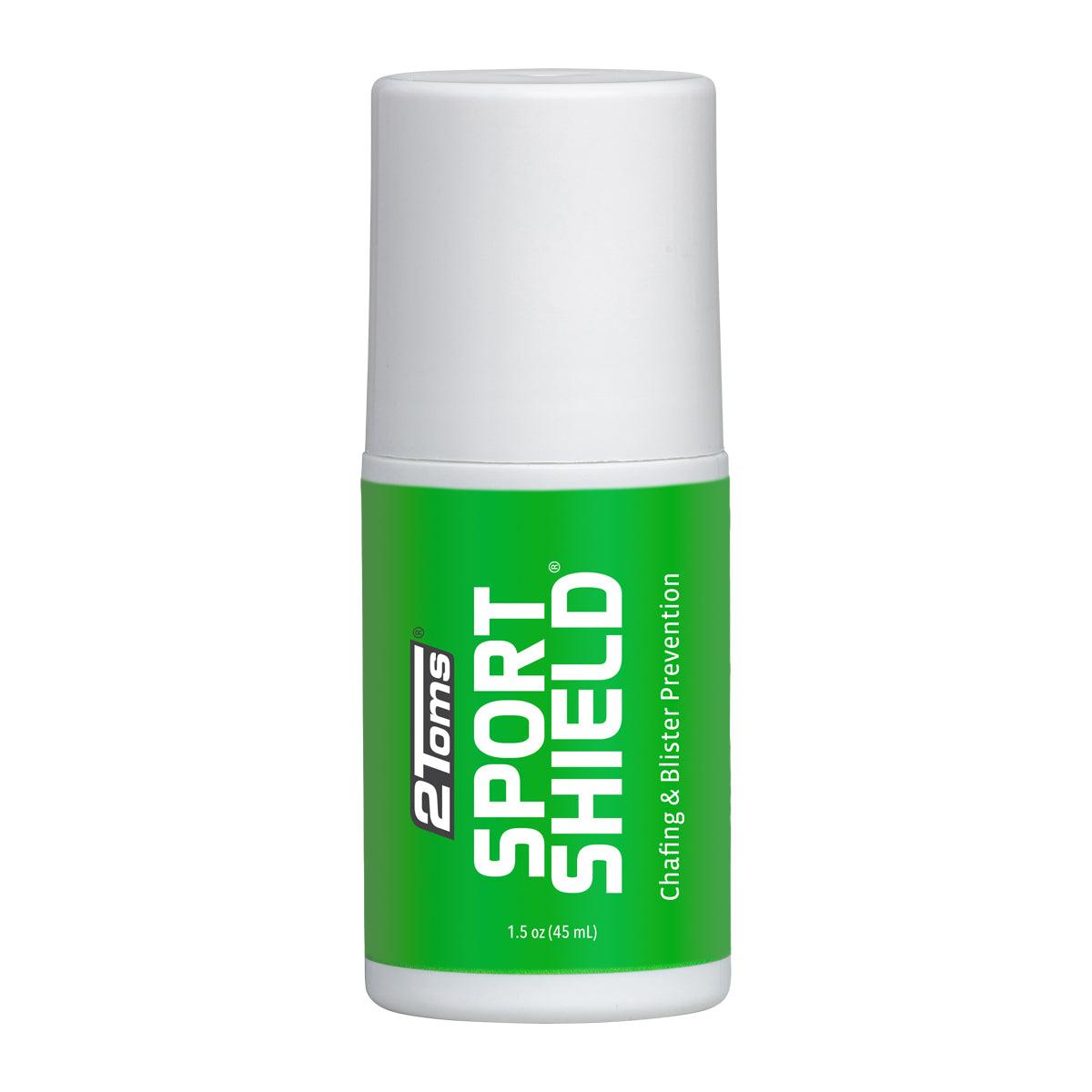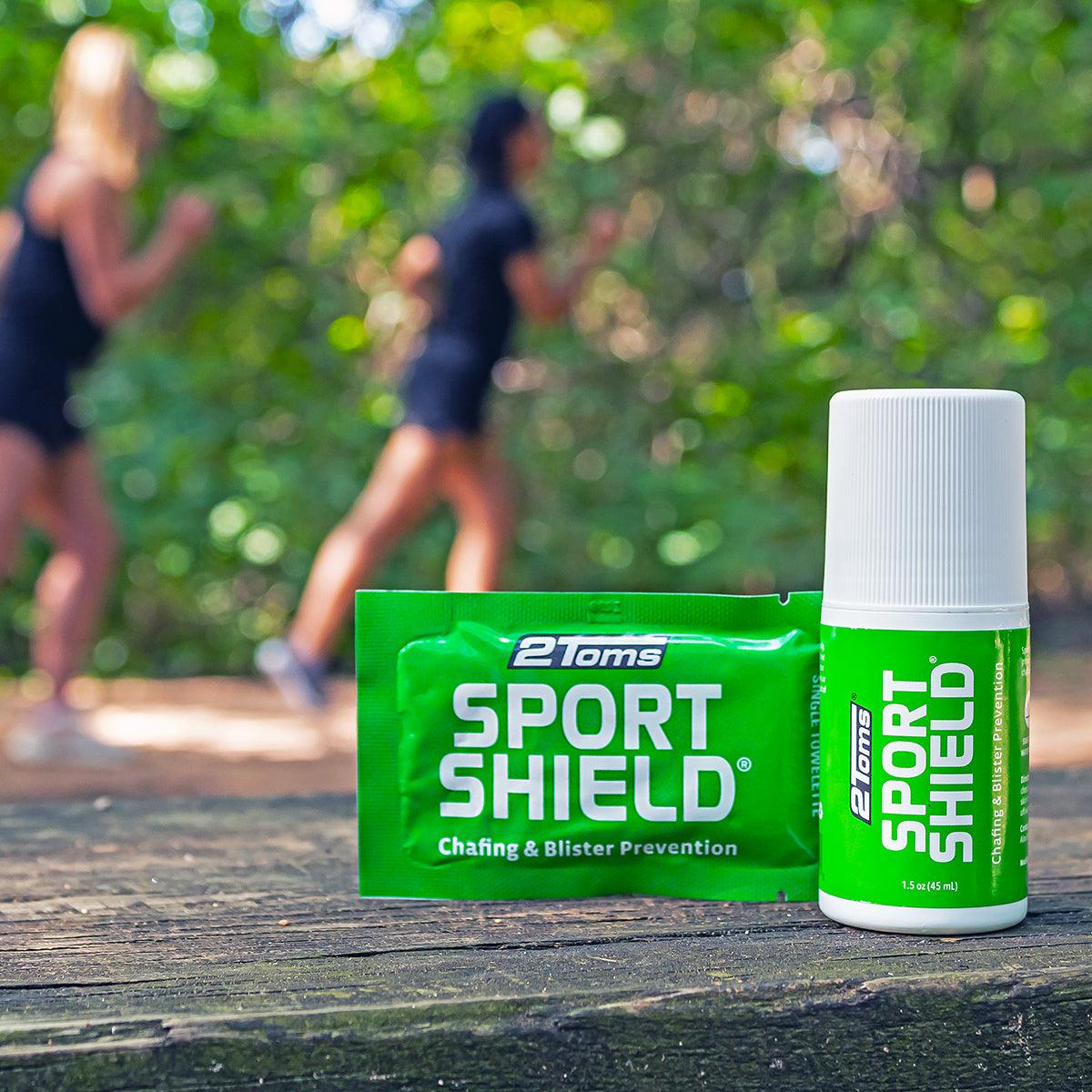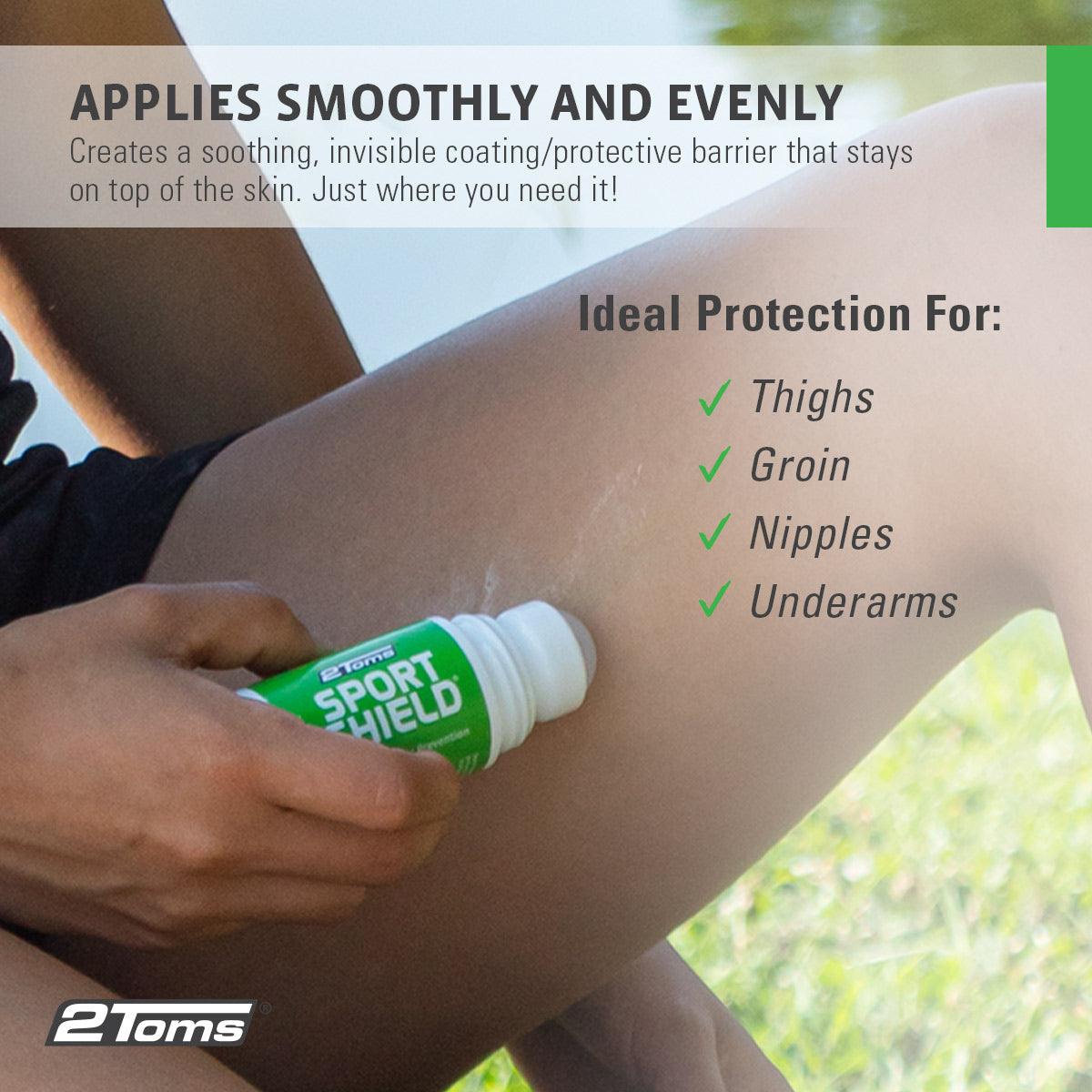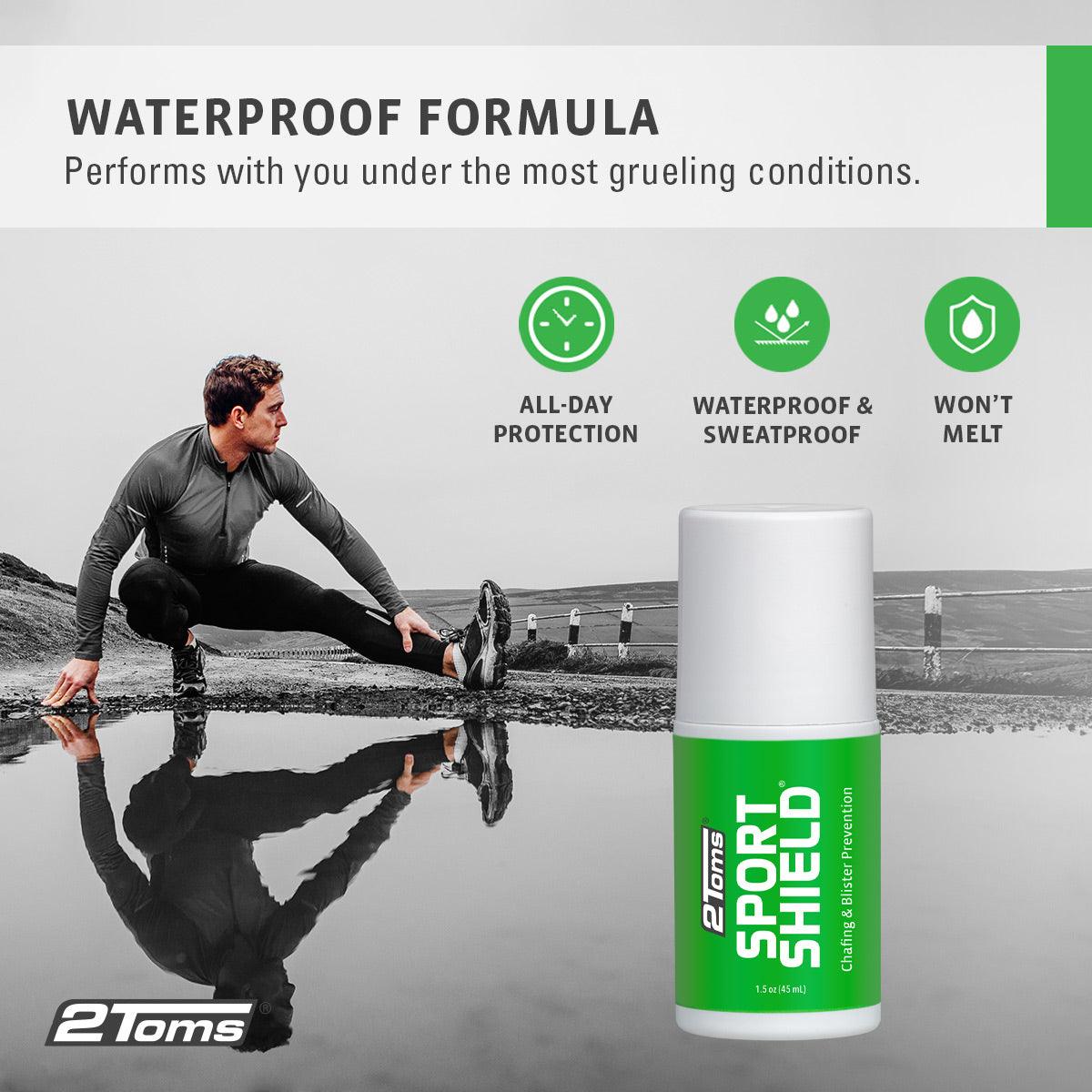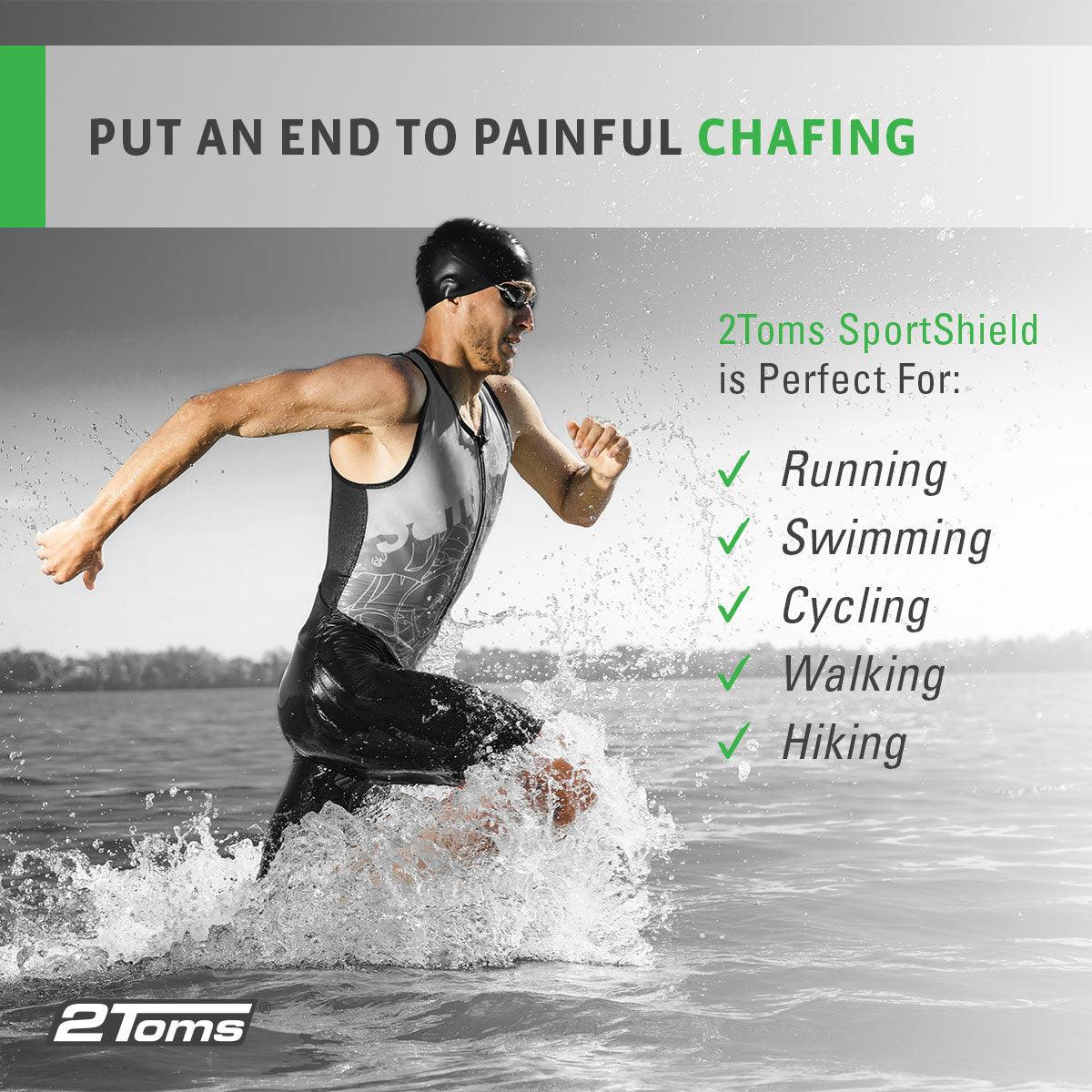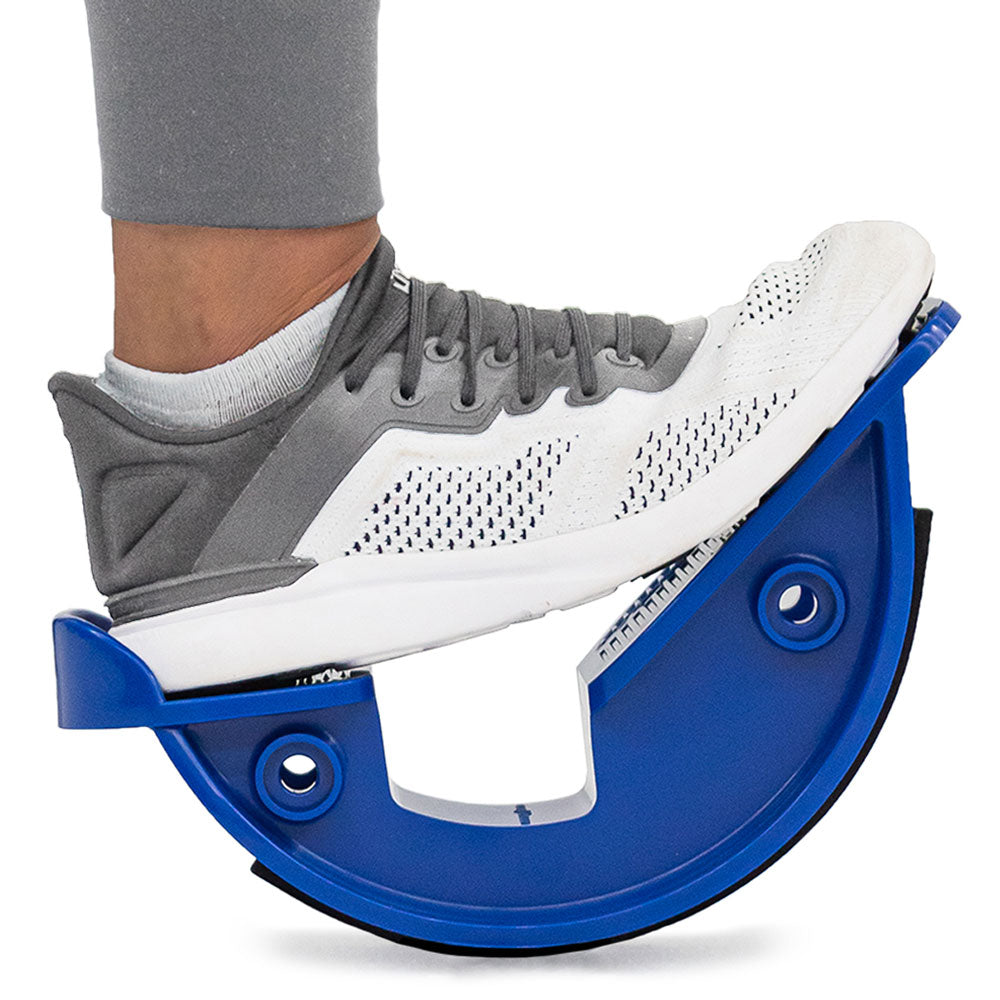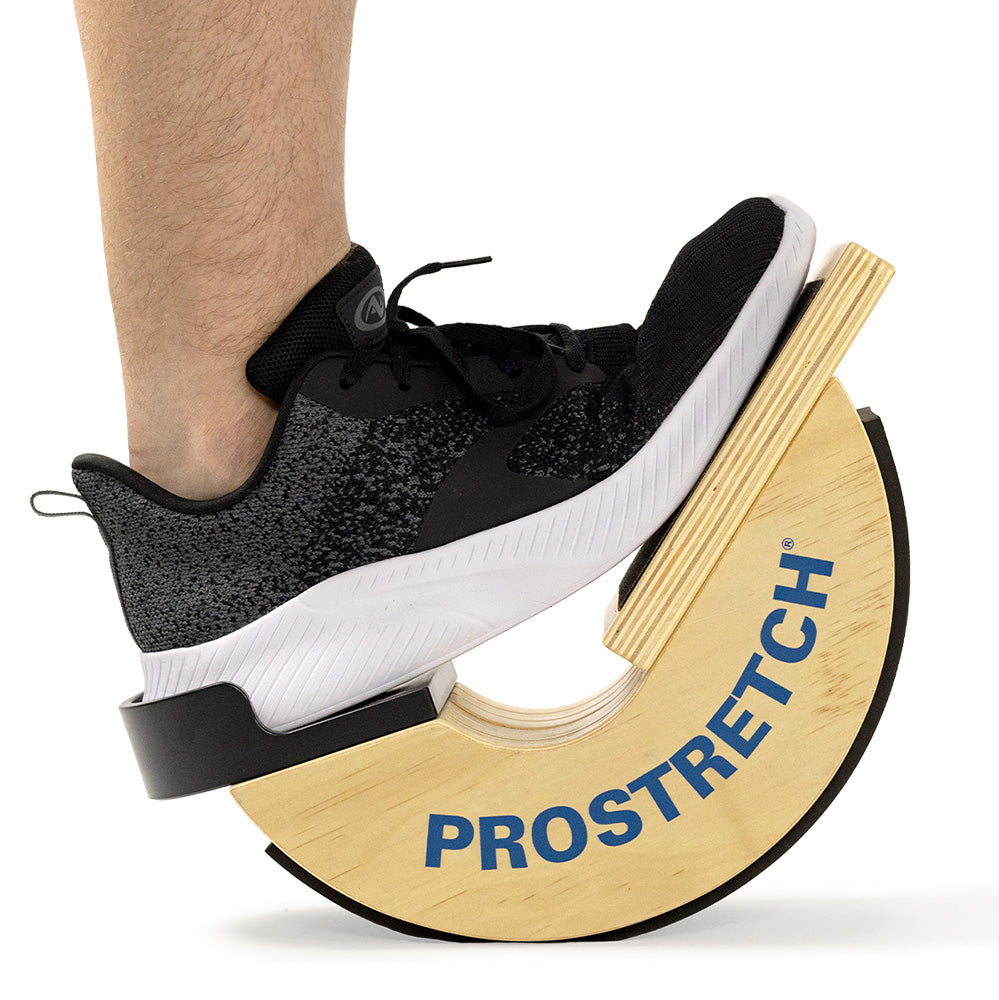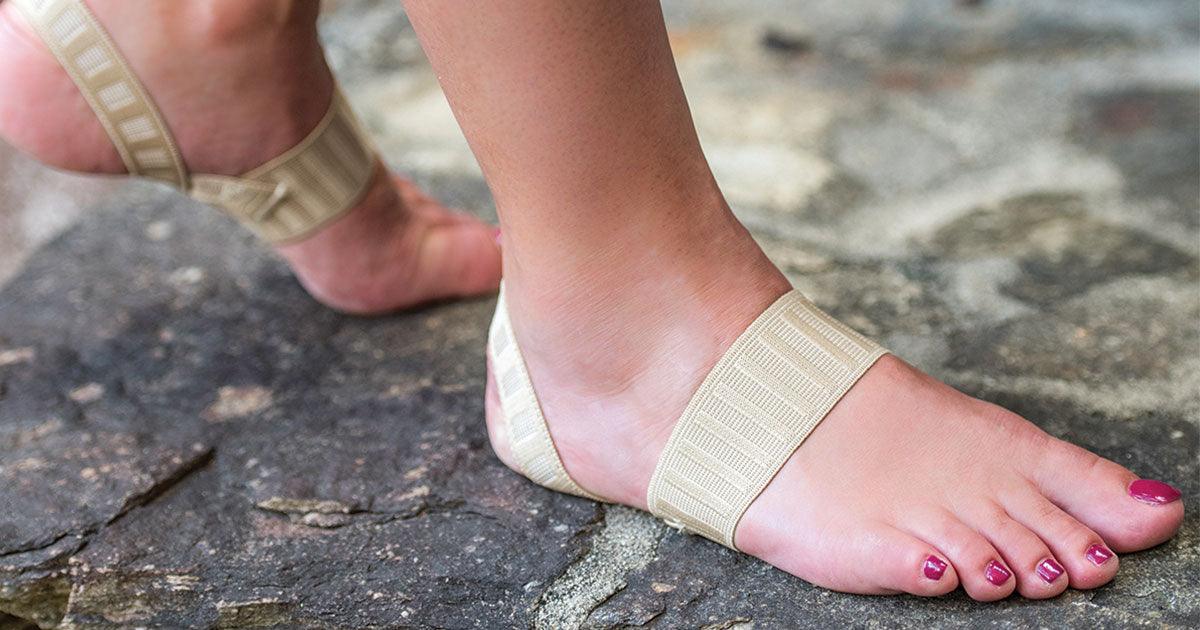Coach’s Corner: Sprint Triathlon Training Plan
Welcome to the wonderful sport of triathlon! My goal in writing this plan was to get you from here to the start line of your first sprint triathlon with a smile on your face and your soul intact. The rest is up to you!
A few notes about the sprint tri training plan: It is written to be adaptable to a variety of athletic abilities. You will see that every workout has a range to it. Where you are in the range is not a pre-determined position; you decide!
If you have not been regularly active in the last couple of months, I’d suggest starting with the shorter side of the range. If you already have a physical routine, then maybe choose distances and times that are on the upper end of the range.
Keep in mind that where you are on these ranges can vary by discipline and will vary by day. Some days, you feel magnificent and can conquer the world and there are other days where it’s tough to get out the door. This is a normal part of triathlon training (AND LIFE) and the ranges are also there to help you get a workout in, even on those days where everything is just hard.
In the first 4 weeks of the plan, Tuesday swims are the main workout, and the bike is OPTIONAL. If you can get it in, please do, because more time in the saddle will be a huge benefit to you in the long run! In the 5th week, it’s bike only, and week 6 is either swim or bike.
Starting on week 7, the plan is written that you do both the swim and the bike. If you want, you can move the swim OR the bike to Monday. Another option would be to shift Tuesday, Wednesday, and Thursday by one day (in other words, they become Wednesday’s, Thursday’s, and Friday’s workouts) and slide that bike into Tuesday’s slot. These options will result in only one day a week off, so do what’s best for you and your body.
SWIM:
- General terminology. A “length” refers to swimming from one end of the pool to the other (generally, 25 yards.) A “lap” is swimming from one end to the other and back (generally, 50 yds.) Most pools in America are 25 yards in length, although you will see some that are in meters, some that are 50 yards or meters, and even a couple that are 33 1/3 yards!
- After every repeat, take 10 to 30 seconds recovery before starting your next one. The length of time you need for your recovery is dependent on your body. You want enough recovery time so that you aren’t out of breath when you start your next repeat, but not so much recovery time that your body has a chance to cool down. You might find that 10 seconds is plenty for 50 yard repeats, but you need 20 seconds when you start doing 100 yard repeats. That’s just fine! Your cardiovascular system will catch up the more you swim!
- This plan is written with the assumption that you will be swimming in a 25 yard pool. So when you see “6-12 x 50 yds.,” you should read that as “6 to 12 repeats of swimming from one end of the pool to the other and back.” If you see “6-10 x 100 yds.,” you should read “6 to 10 repeats of swimming from one end of the pool to the other and back and back down and back again.” 100 yards is 2 laps or 4 lengths. Make sense? GREAT!
- The training plan gives you the main set of your workout, but - just like with every workout - you should take time to warm up. Before getting into the pool, shrug your shoulders and do some arm rotations. Once you hop in, do some kind of movement to start your blood flowing.
- If you are a more experienced swimmer, that might look like:
- 100 swim, 100 kick, 100 pull,
- 4-6 x (25 kick, 25 drill, 25 swim),
- Easy swim for a set period of time.
- If you are a less experienced swimmer, your warm up might be:
- bob up and down practicing on exhalation while under water and regulation of your breathing,
- Hold on to the edge of the pool, point your feet out behind you, and kick,
- Float on your back, focusing on keeping your hips high in the water, for a minute,
- After any or all of these, use a kickboard and kick a few laps while practicing putting your face in the water.
- As you get more comfortable in the water, you will be able to add more to your warm up as you build the main set of your swim. Once you are finished with your main set, do 50-100 yards kicking with a kickboard.
BIKE:
- This plan is a volume-only based plan designed to get you comfortable in the saddle of your bike. The more time you spend in the saddle, the more comfortable you will be with gearing, pedaling, balancing, etc. As you progress in your triathlon career, your bike workouts can become more technical, but getting comfortable and building endurance on the bike is more important at the entry-level stage.
- Before getting on your bike, it’s a good idea to walk for about 5 minutes to start your warm up. Once you get on and start riding, make sure you are in a lower (I.e. easier) gear for the first couple of minutes to get the blood flowing in your legs. Once you are warmed up, find a gear that works well for the terrain you are riding.
- As you get more comfortable with your bike, make sure to ride where there are hills so that you can learn how to utilize your gears to help you climb better. Hills take a lot of practice, and many triathlons have some hills on the bike course.
- A spin class is a perfectly good way to get your bike workout in. If you’d like to substitute one bike a week for a spin class, go for it! I would suggest that you still take the time to ride on the open road, because there is no substitute for learning how your body and bike interact with each other.
RUN:
- As with the bike, this is a volume-only based run plan designed to train your body to be able to move over at least 3 miles on foot.
- If you are already an established runner and would like to add in speed work to your plan, I suggest you add that in your mid-week run.
- Before you start running, take a few minutes to walk at a brisk pace to start warming up. You want your body to be warm and limber before you start running or you risk injury.
- If you don’t think you can run for 20 minutes straight, THAT’S OKAY! You can always start with run/walk intervals. If you have not been active for the last few months, I suggest starting with a 30 second run followed by a 30 second walk recovery. If that feels too easy, try 1 minute run and 1 min walk. If THAT feels too easy, start adding minutes onto the run interval while keeping your recovery walk at 1 minute. That walk should be with a purpose - not just an easy amble - to keep your muscles working hard. There is nothing wrong with run/walking your entire training program (or your race!)
- If you feel like you can’t run at all, it is perfectly acceptable to walk. Give it a shot, though. You are stronger than you think! But, there is nothing wrong with walking your training and your triathlon! The goal is to finish!
- When you are finished, take a few minutes to walk and let your body come back to a more restful state. Don’t forget to hydrate!
BRICK (Saturday workouts, according to the plan as it is written):
- A “brick” is a generic term for when you take two workouts and stack them together with very little down time between them. Typically, in triathlon training, we brick bike to run. This is because the hardest transition during the race is that first few moments after we get off the bike and try to force our legs to run. Your legs will often feel like jelly, or - as one athlete told me - like baby giraffe legs. When you brick regularly, this feeling goes away and you are able to transition to running seamlessly (and without face planting!)
- Triathletes use the term “brick” as an adjective (brick run), a noun (doing a brick), and as a verb (“we are bricking this Saturday! Wanna join?”)
- The run following your bike on a brick workout is never long. It’s strictly designed to train your brain to switch your muscle motor between biking and running quickly and efficiently. In this plan, your longest brick run will be 15 minutes. Even people training for an Ironman might not run for longer than 20 or 30 minutes when they brick!
- The key to bricking is to get off your bike and get to running in as short as a time possible. You want to keep the time between the end of your bike and the beginning to your run to no more than a couple of minutes. The shorter that transition in training, the better off you’ll be on race day! The run is a vital part of this workout! Please, please, please make sure to take the time to get that brick run in!
RECOVERY:
- Recovery is JUST as important as exercise when it comes to any physical endeavor. This plan has 2 days off built in (1, if you slide one of Tuesday’s workouts to Monday). On those days, you might want to do some yoga or light stretching to keep your muscles pliable and happy. It’s important, however, to be aware of the physical undertaking you are doing and to let your muscles have a break every now and then. This gets even more important as we age, so take recovery days as seriously as training days.
- One key to recovery is “rolling out,” or myofascial self-massage. As we workout and build strength, the fascia tissue that encases our muscles starts to adhere to itself and creates “knots.” These knots will lead to a limit in range of motion and can result in strains and tears in the muscle. It’s important to stay ahead of the game and learn how to release those little trigger points to stay healthy. It isn’t fun, but you know what’s less fun? Being injured.
- Invest in a few high quality tools to help you with your recovery. My personal must-haves are the ProStretch and the StretchRite.
- The ProStretch keeps your plantar fascia and achilles mobile and healthy by stretching the bottom of the foot and up the back of the calf.
- And the StretchRite is an all around useful tool for doing slow, deep stretching to preserve mobility.
- Note: be careful with stretching too deeply after a strenuous or long workout. The muscles are extra limber, and it’s easy to over-stretch them. Save the deep stretching for days where you are not heavily using that particular muscle group, i.e. stretching your legs on a swim day or stretching your shoulders on a run day.
So that’s the beginner's sprint triathlon training plan in a nutshell. I’m excited that you are taking the first step on this journey into this crazy and gratifying sport. Please feel free to tag me (AND Medi-Dyne!) in photos of you finishing your first sprint triathlon with that giant smile that comes with the sense of accomplishment and pride you will feel when cross the finish line!
Coach CC
WTF Endurance





